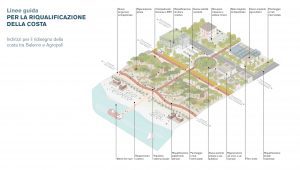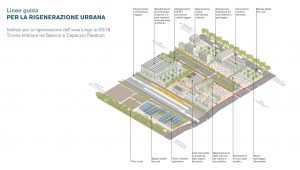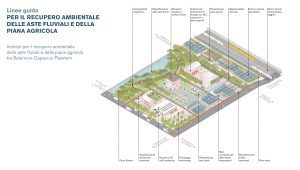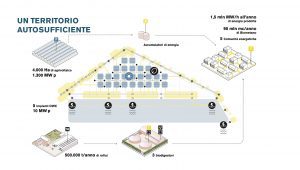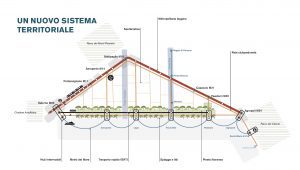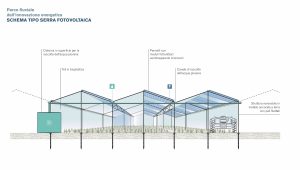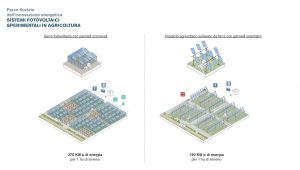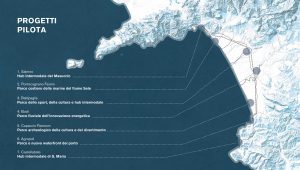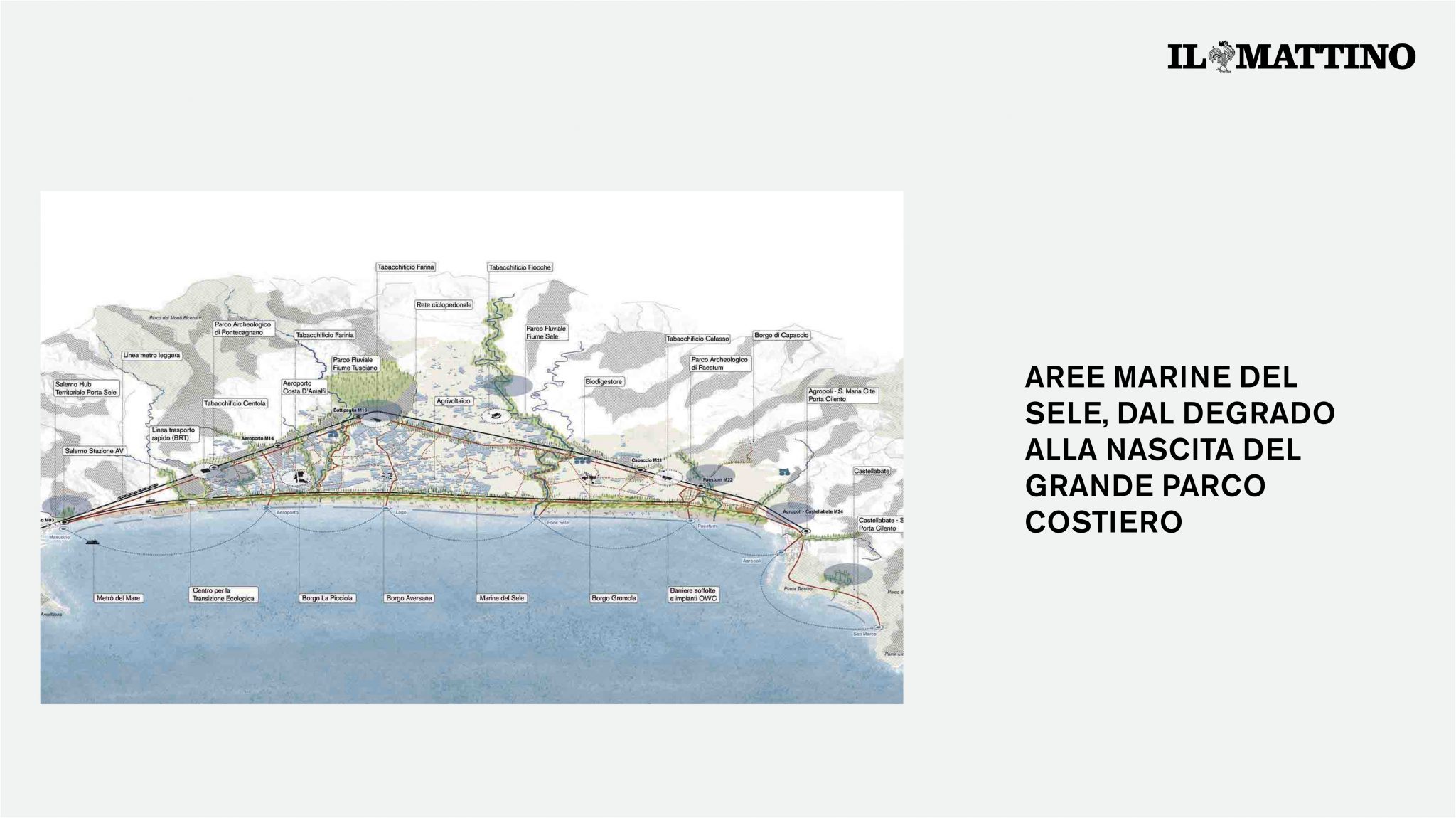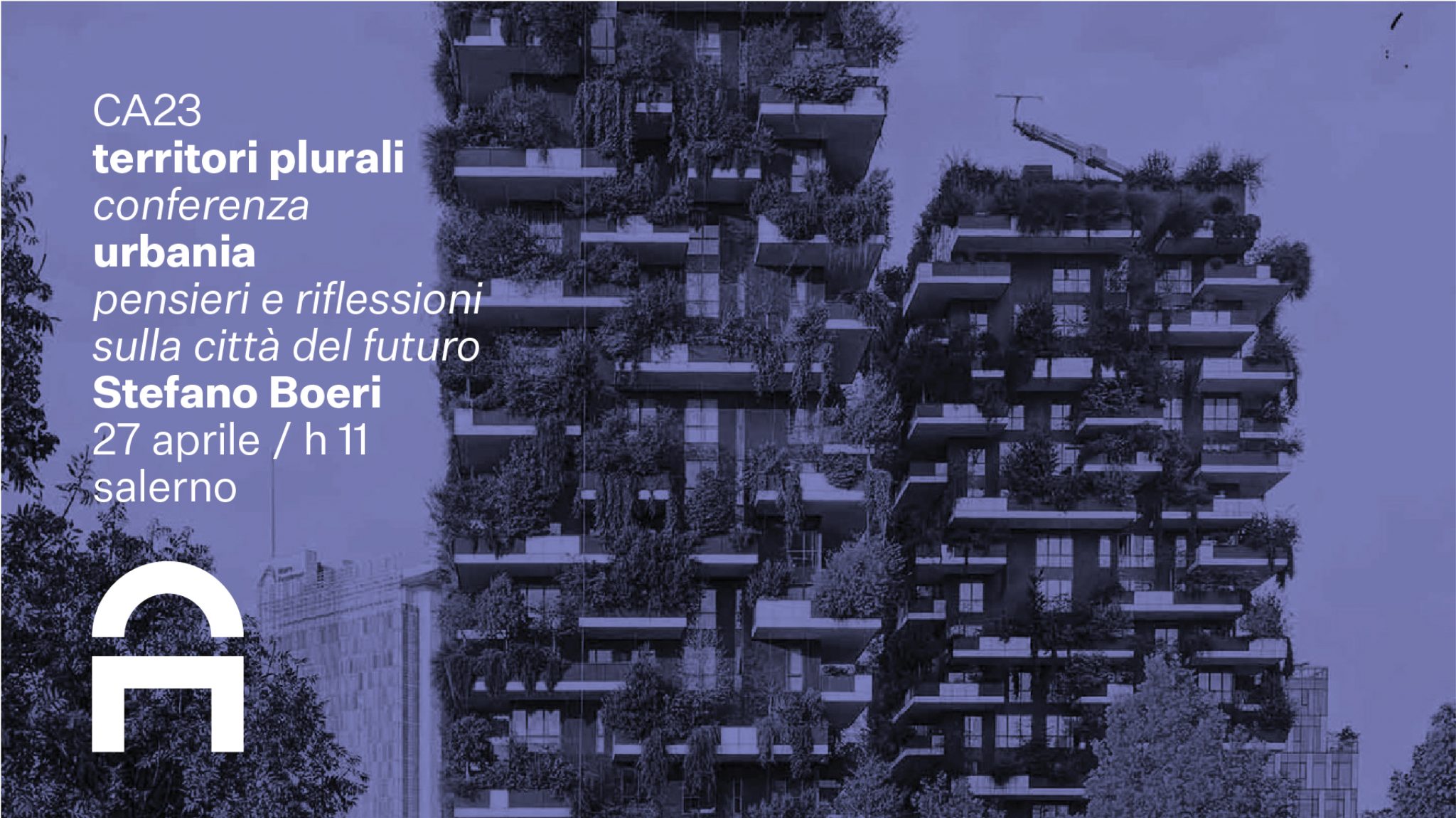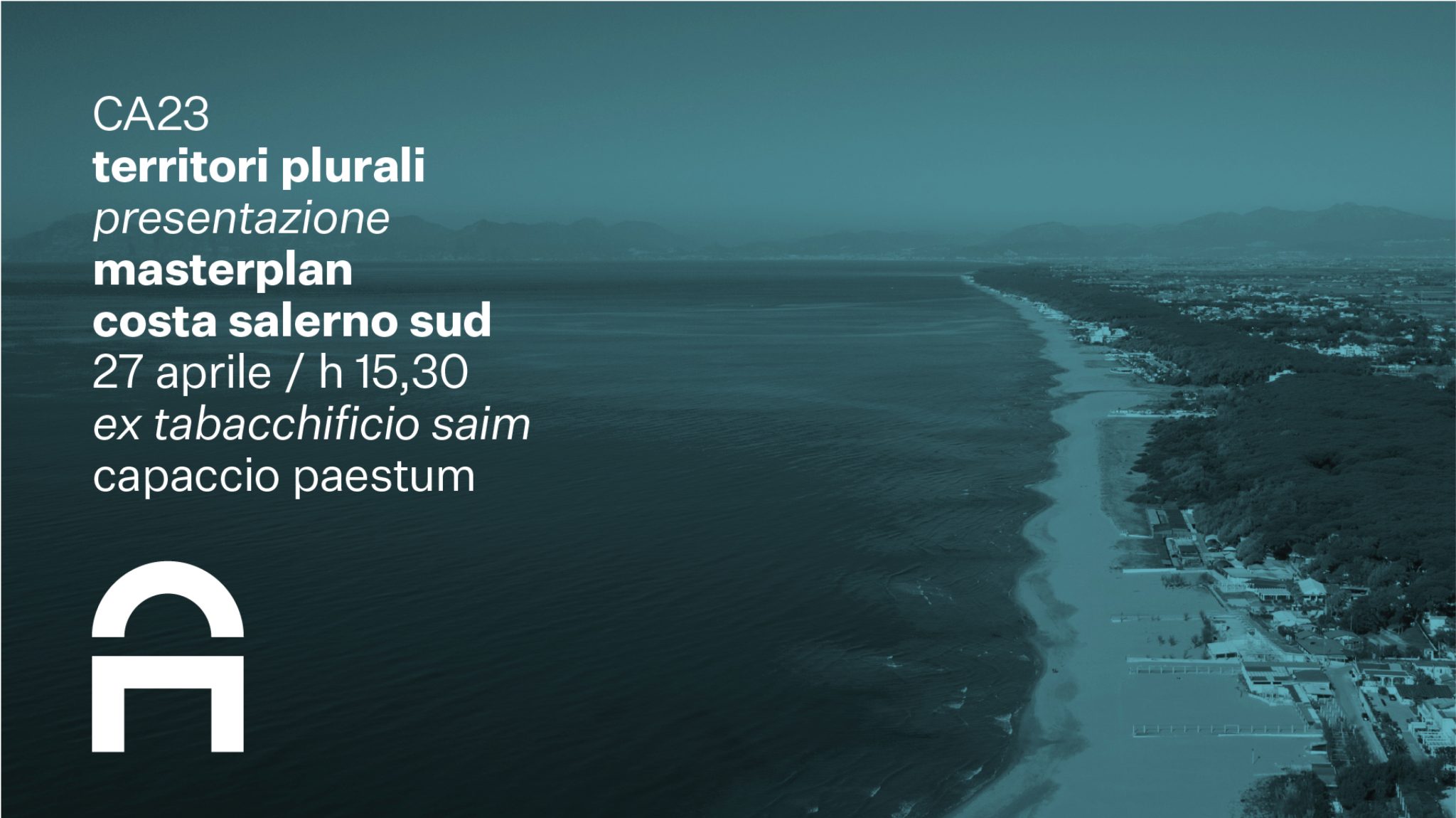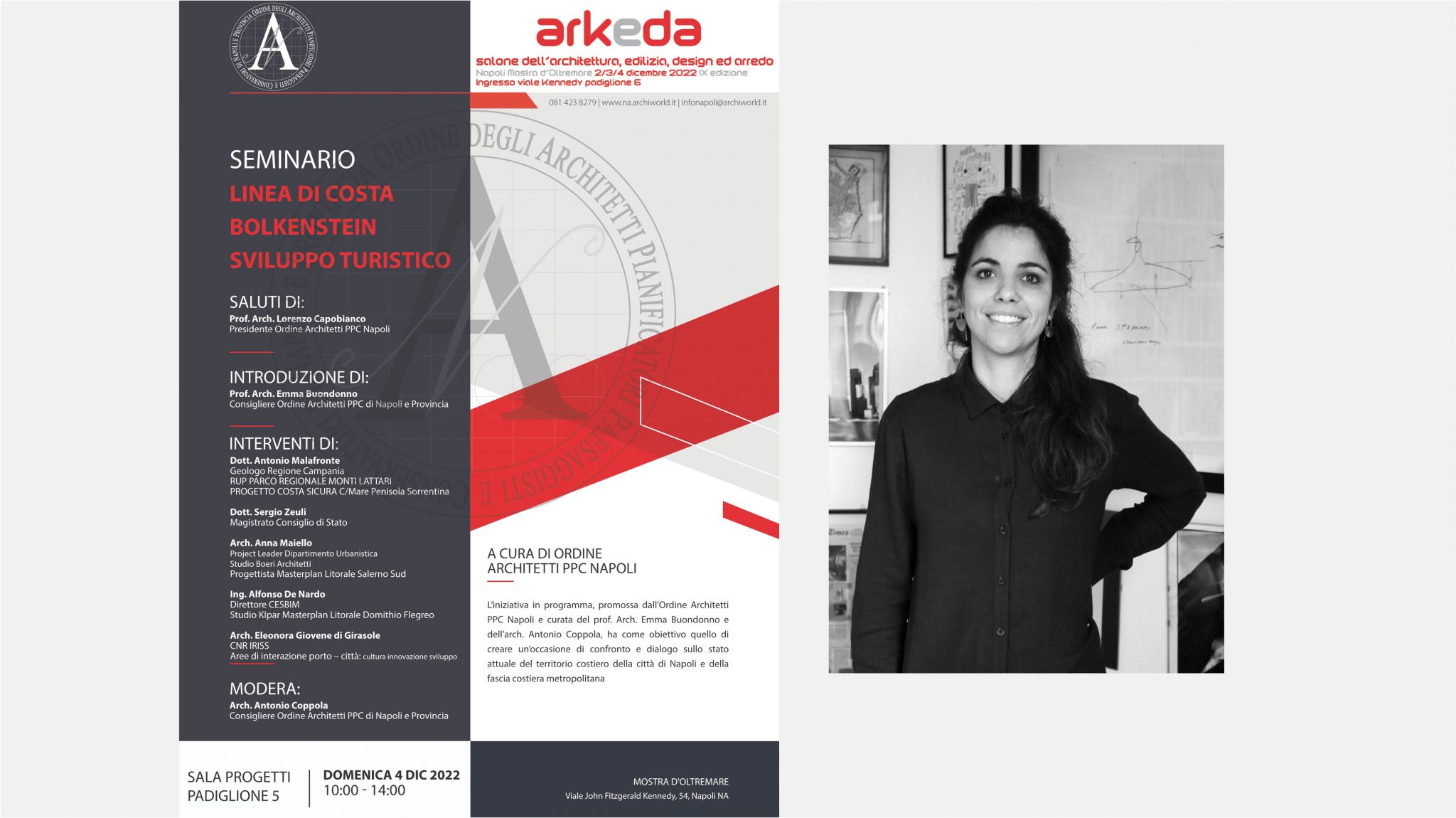Images
Services
Preliminary design
Year
2021 - 2023
Location
Salerno, Campania
Client
Regione Campania
Typology
Urban planning
Project
Stefano Boeri Architetti, Società Cooperativa MATE, StudioSilva e F Tourism & Marketing
Stefano Boeri Architetti
Founding partner: Stefano Boeri
Coordinator Divisione Urbanistica: Corrado Longa
Project leader: Anna Maiello
Team: Laura Di Donfrancesco, Geronimo Fioravanti, Elena Giannelloni
The Coastal Masterplan for South Salerno is part of the Integrated Valorization Programs aimed at the redevelopment of vast areas of the regional territory. The project was launched in 2021 following a call for tenders – issued by the Campania Region and won by Stefano Boeri Architetti and Società Cooperativa MATE, together with StudioSilva and F Tourism & Marketing – for the development of the Campania coastline, with the aim of enhancing and reimagining a complex coastal area but one of great landscaping and environmental value.
The project encompasses 8 municipalities (Salerno, Pontecagnano-Faiano, Bellizzi, Battipaglia, Eboli, Capaccio-Paestum, Agropoli and Castellabate), covering a total of 480 sq. km, along 50 km of coastline and with a population of 310,000 inhabitants, in an area characterized by a strong historical and naturalistic imprint thanks to the presence of archaeological sites – such as Paestum and Pontecagnano – as well as areas of environmental value, such as the Cilento Park and the Sele Plain. At the same time, the project area shows strong criticalities mainly related to coastal exploitation and erosion, along with a framework of construction abuses and poor maintenance that characterizes the coastline and coastal landscape. In addition, agricultural and riverine areas are largely covered by greenhouses, a strong economic resource but also a deep criticality due to high soil sealing.
The Masterplan proposes a unified vision to enhance the coastal system and in parallel regenerate the existing agglomerations by intervening on the section between Salerno and Castellabate starting from 5 general thematic areas: mobility, energy, environment, urban regeneration and tourism. Specifically, the Plan’s strategy acts on the territory both by working on the potential of the built environment and on new environmental implementations: from the reactivation of the ecological networks of the coastal landscape to the introduction of new sustainable mobility networks, from the redevelopment of agricultural supply chains and the urban fabric to the use of renewable sources to make the territory self-sufficient. The Plan also aims to curb land consumption, reduce social and housing hardship, and activate new forms of land governance and public-private partnerships.
Specifically, the mobility project includes the upgrading of the railway system with the construction of a light metro line that locates twenty-four new stations between Salerno and Agropoli, thus including an area that is highly isolated in terms of peri-urban connections. In this regard, a 300-km bicycle-pedestrian mobility network, which is practically nonexistent today, is also implemented, as is a rapid transit line from Salerno to Paestum along the coast. Other interventions concern the road system by rearranging and redesigning the two main arterial roads with specific interventions aimed at diverting traffic through secondary connections, as well as enhancing the coastal territory by increasing permeable areas by 50 percent.
Special attention is given to the energy issue, with a study of existing potentials to be implemented with innovative solutions: among these, greenhouses, which are impactful in terms of landscape and environment, are reimagined as clean energy hubs. Alongside this, strategies aimed at large-scale energy self-sufficiency include converting livestock manure into a resource, turning it partly into biomethane – to be fed into the domestic gas grid – and partly by converting it for land recomposition.
The sea, an essential territorial element for the entire Campania region, also plays an important role in the production of clean energy, thanks to the exploitation of the wave motion generated by the presence of new breakwaters, designed to reduce coastal erosion.
At the environmental protection level, again along the coastline, the project focuses on the de-artificialization of the coast, through the enhancement of the 270-hectare pine forest, redeveloped and put into system with new ecological corridors along the river channels, to improve the landscape quality and contain the sprawl of urban areas.
In the latter, the regeneration of the urban fabric and abandoned manufacturing areas is combined with a study on the recovery of the rural historical heritage to enhance widespread tourism in the area, along with a focus on the repurposing of tobacco factory structures in order to introduce new public functions.
Based on the objectives and thematic areas identified, the territory has been divided into 8 project areas, within which specific pilot projects have been identified: Masuccio Intermodal Hub in Salerno, Coastal Park of the Sele River Marines in Pontecagnano Faiano, Park of Sports, Culture and Intermodal Hub in Battipaglia, River Park of Energy Innovation in Eboli, Archaeological Park of Culture and Entertainment in Capaccio Paestum, Park and New Waterfront of the Port in Agropoli, and Intermodal Hub of S. Maria Castellabbate. Each emblematic project, representative of the Masterplan’s strategic actions, is designed to serve as a model for the area’s future development.
Project numbers:
8 municipalities
480 sq. km. of project area
310,000 inhabitants
50 km of coastline
+ 50% permeable areas on the coast
+ 2600 ha of redeveloped areas
+ 1000 ha coastal areas for tourism services
+ 250 ha of reforested areas
+ 150 km of river parks
+ 70 km of tree lines
+ 35 km of soft barriers
+ 300 km of bicycle and pedestrian paths
+ 35 km of rapid transport line (BRT)
+ 7 Metrò del Mare landings
+ 1.5 mln MW/h per year electricity from agrivoltaics
+ 3,750 MW p installed power from photovoltaic greenhouses
+ 90 mln cubic meters per year of biomethane from livestock manure

